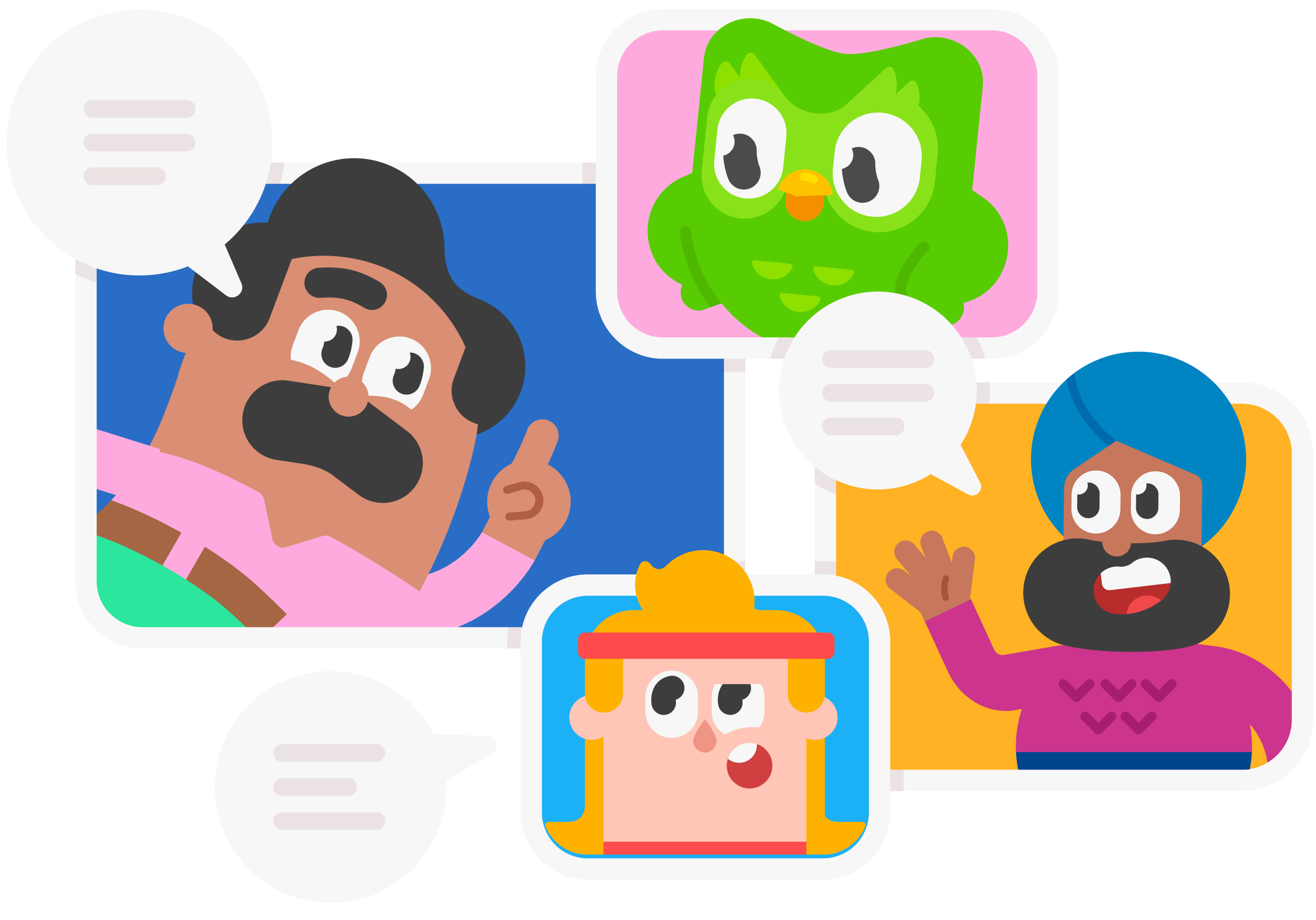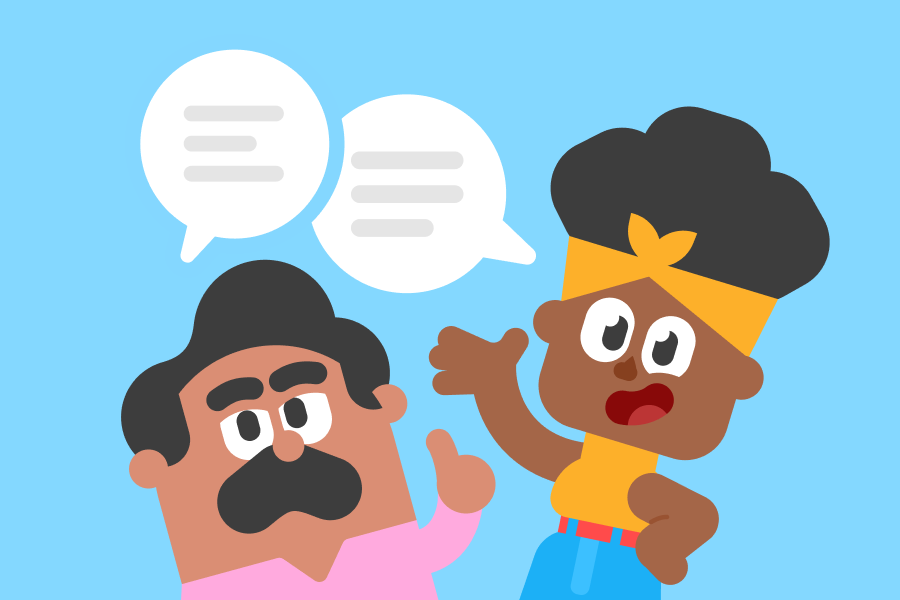You might know that both translators and interpreters work with languages on a day-to-day basis, but what’s with the two different names? Let’s explore the key distinctions between translation and interpreting, and why you might need one or the other!

Translators versus interpreters: the lowdown
Translators work with written language. They take written content in one language (called the source language) and produce a version in another language (known as the target language).
Typically, the target language of a piece of writing is the translator’s first language.
Interpreters work with spoken or signed language. They listen to a speaker in one language and voice or sign what was said in another language in real time. Interpreting is a “live” service, which helps meaningful conversation happen between people who don’t share a common language.
Translators versus interpreters: a day in the life
Translation typically goes on behind the scenes so that readers can get their hands on written documents in a language accessible to them. From articles to novels to social media posts, translators ensure that information, ideas, news, and research aren’t confined by language barriers.
Depending on their additional expertise or interests, professional translators tend to specialize in a few subject areas, and may vary their translation process for each. You’ll find translators that specialize in law, travel, marketing, and even wine! Translators work closely with dictionaries and language resources to look into specific terminology or cultural nuances. They’ll often wear several hats in a day, switching from a legal case study in the morning to a press release in the afternoon, each for a different target audience. Variety is the spice of life, after all!
Interpreters, on the other hand, often deal with translating live conversations as they happen. Interpreters also develop specialized work areas (like economics or business) and are commonly needed at meetings, legal proceedings, conferences, and interviews.
There are two main types of interpreting:
- Simultaneous interpreting happens “on the spot” as the interpreter gives their translation while the speaker is talking. This requires incredible concentration and fluency from the interpreter to make sure the speaker’s language is not interrupted. This style is usually the go-to choice at conferences with speakers in multiple languages, and usually the interpreter and the speaker aren’t in the same room. Each interpreter might work in a separate booth and listen to the speaker, reproducing the speech in the target language into a microphone. Attendees tune into a language channel via headphones to listen to the relevant interpreter. At UN conferences, for example, speeches are simultaneously interpreted into all six official languages!
- Consecutive interpreting has a slight lag, as the interpreter waits until the speaker stops talking to translate their words to a group of people. This method is typically used in smaller team meetings or groups, and in these cases, the interpreter and speakers are in the same room. Often (but not always!) a consecutive interpreter is the sole interpreter present, and so must juggle multiple languages to translate a conversation happening among multiple people.
Translators versus interpreters: It’s all in the delivery
While most translators and interpreters share a love of language, the delivery methods for each profession require vastly different communication skill sets! This distinction is reflected in the specialized training.
Interpreters have to think on their feet and stay calm under pressure. They rely on extremely high proficiency, instant recall, and exceptional memory! The performance element requires interpreters to reproduce verbal cues, such as tone and intonation, all while maintaining confident voice projection and clear pronunciation.
Translators, on the other hand, depend on their reading and comprehension skills to grapple with transferring cultural specifics or complex subjects between different languages. They deal with large volumes of writing, use language tools like dictionaries to ensure accuracy, and carry out extensive background research. And ultimately, all translators are expert writers in their target language!
Translators and interpreters are often referred to interchangeably, but they’re actually using very different skills in their day-to-day lives! So, while they have a lot of skills in common (a translator might be able to interpret a conversation in a restaurant) they’re two different ball games in the world of work. And that’s why we need all the different kinds of language experts we can get!
